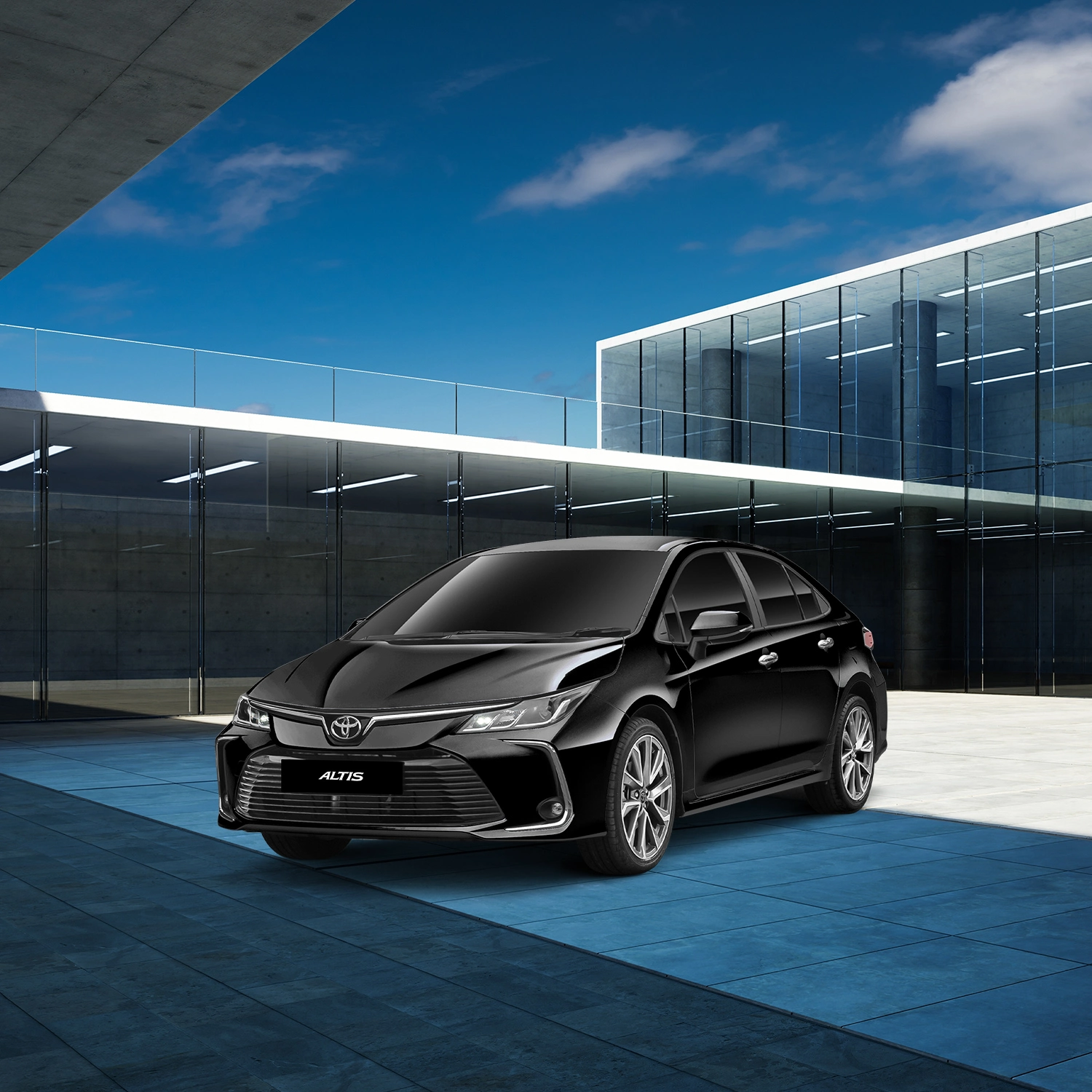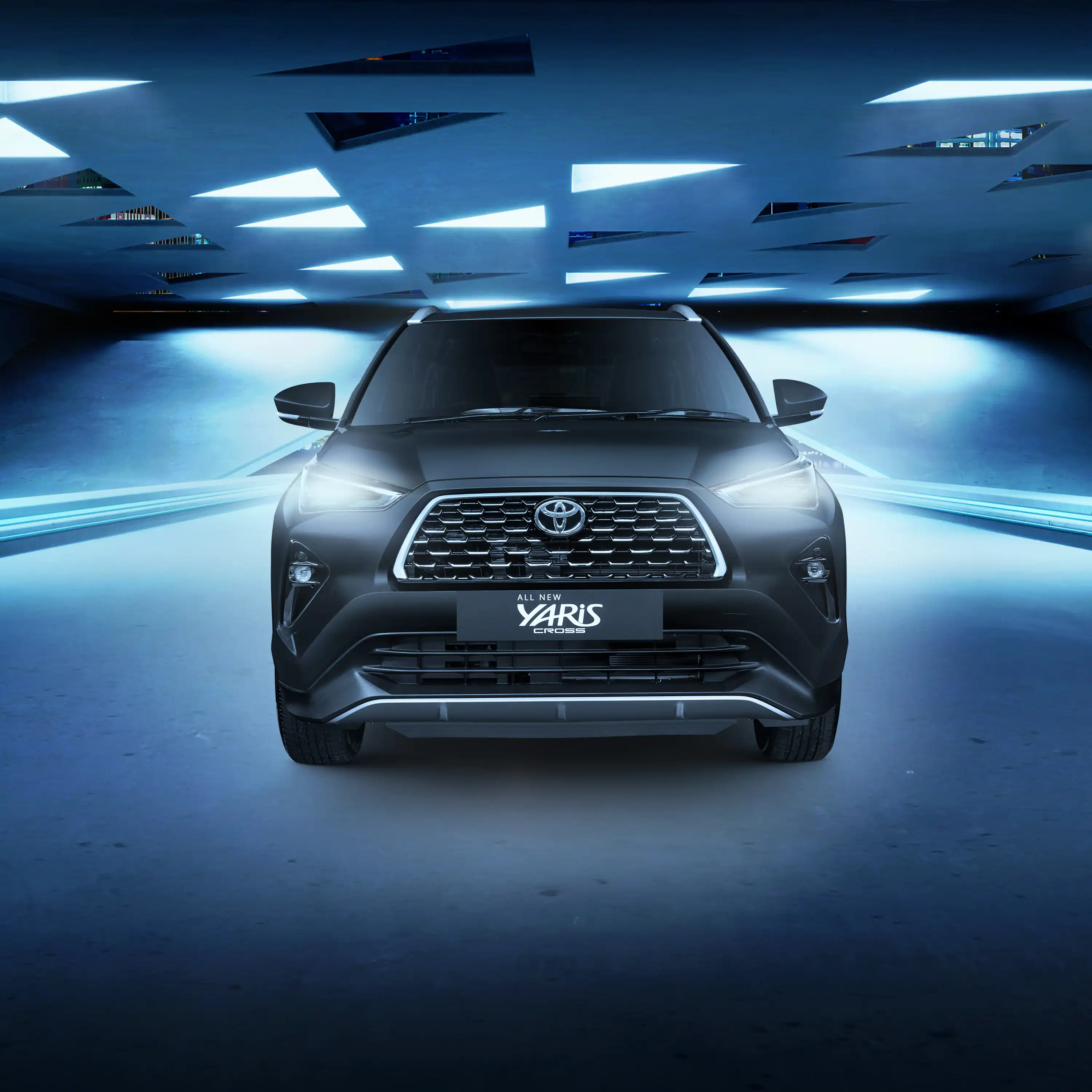Easy Guide to Buying a Sedan
Among the many car types in the Brunei market, sedan cars are the most traditional car type. If you’re looking to buy a sedan car, here are the things to consider before you make your decision.
Easy Guide to Buying a Sedan
Among the many car types in the Brunei market, sedan cars are the most traditional car type. Their classic three box design and standard proportions are suitable for those who are looking for a car that’s familiar and easy to drive, and is generally the car type of choice. Sedans are known for spacious interiors and have decent amount of boot space for carrying items such as grocery shopping or luggages.
If you’re looking to buy a sedan car, here are the things to consider before you make your decision.

1. Car Size & Dimensions
Sedans come in many different sizes and models, from compact to large. The size of the sedan car should match your needs but the general design comes with a decent-sized interior and a spacious boot. It is therefore important to consider your needs when deciding what kind and size of sedan car to purchase.
Larger-sized sedans tend to be priced at the more luxurious end of the market, and as such may have more features included, such as leather seats or sunroof. However, because of their size, they can be difficult to drive and park, especially around city areas and tight carparks. As such, many of these large sedans comes with reversing cameras and sensors.
Smaller sedans can be easier to drive thanks to their compact dimensions, and generally means they are more affordable to buy and maintain.
If you want something in the middle, you can also consider a mid-size sedan, which offers a good compromise between space and drivability.
2. Interior Cabin Space
Similarly, interior space varies with the different sized sedans. Most sedans can provide car seating for up to five passengers, including the driver. However, smaller-sized compact sedans can be a bit tight on the rear seats, just enough to accommodate two adults and one child.
Some sedans come with a sloping roofline at the rear, which can affect headroom space, especially for taller passengers. It is therefore important to try out the interior space with your friends and family by visiting the nearest showroom if you intend to use your sedan to drive passengers around regularly.
3. Car Boot Capacity
Most sedans have a boot area that is enclosed and separated from the passenger compartment, as opposed to hatchbacks or SUVs where the boot can be generally accessed from the passenger area. Some people prefer the enclosed boot design of sedans as it may be perceived as offering greater security for items that are stored in the boot area, and the items can be safely stored without spilling into the passenger area.
Boot space can vary greatly depending on the size of the sedan, so it’s important to check out the amount of boot space available to see if they are large enough to accommodate your needs. Most manufacturers use golf bags to illustrate how much a boot is able to accommodate, but other items that may be useful to determine whether the boot is big enough could include baby strollers or luggage bags.
Another thing to take note of is the shape and size of the boot opening, and whether it is of a design that allows you to load and unload items easily. Does the shape of the opening make it easy to fit in longer or irregular-shaped items? Is the opening low enough such that you don’t have to lift heavy items to a great height in order to load them into the boot?
4. Engine Type & Fuel Efficiency
Typical sedan may have better fuel efficiency than an equivalent-sized SUV or MPV, as sedans have a lower profile and a sleeker, more slippery body shape, giving them aerodynamic advantages that result in greater fuel efficiency. In general, given an equal size and engine, a sedan can be around 15 to 30 percent more fuel-efficient than a similarly-sized SUV.
However, fuel efficiency is also dependent on many other factors, including engine size, power output, and weight of the car. A sedan with a large tend to use more fuel than a smaller-sized engine, as they will need more fuel to develop more power.
There are also hybrid and electric-powered sedans that can deliver outstanding efficiency that go beyond conventional internal combustion engine (ICE) cars, so they are worth considering if efficiency and eco-friendless is a priority when buying a car.
As a general guideline, an average fuel consumption figure of 15km/L or more would be considered excellent for a petrol or hybrid sedan, while anything from 10km/L or less would be considered poor fuel efficiency.
5. Safety Features
Many people buy sedans to drive their families around, and so safety features are an important consideration when it comes to choosing the right one.
Do take note of the key safety features that are included, such as the number of airbags. Other safety features that should be considered include forward collision warning, automatic emergency braking, and blind spot detection and warning, which can help prevent accidents from happening.
Buying a car is a long-term investment, therefore it is important to make an informed decision based on your preference and needs.
YOU MAY WANT TO READ :








